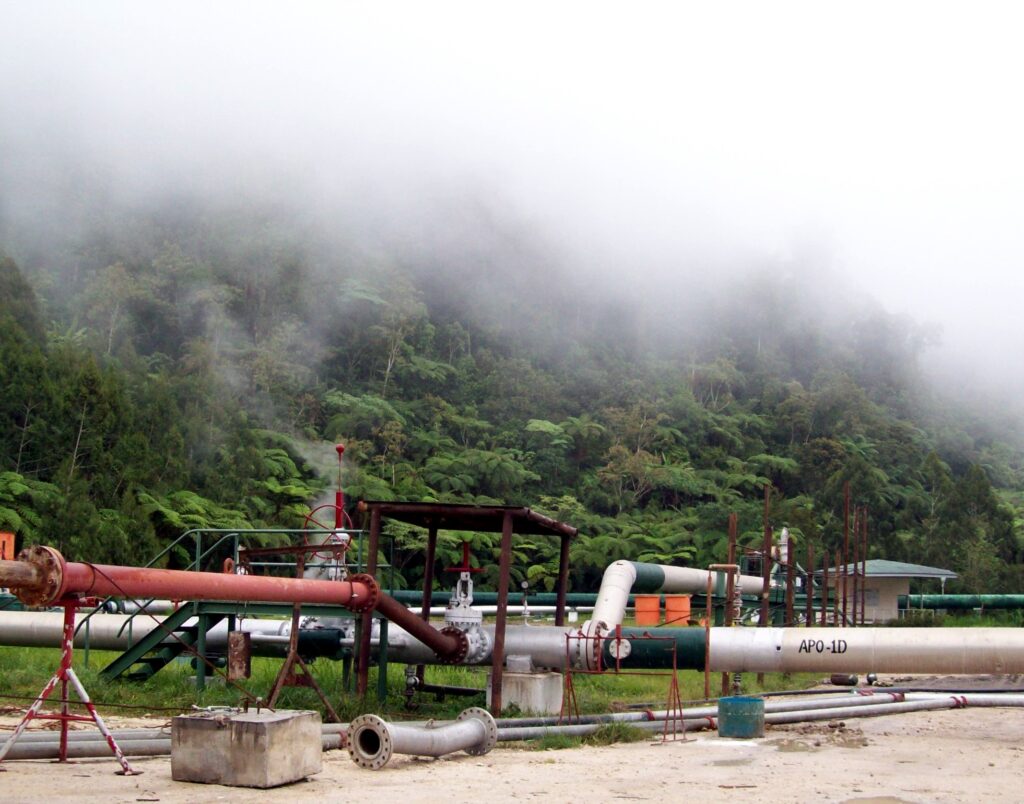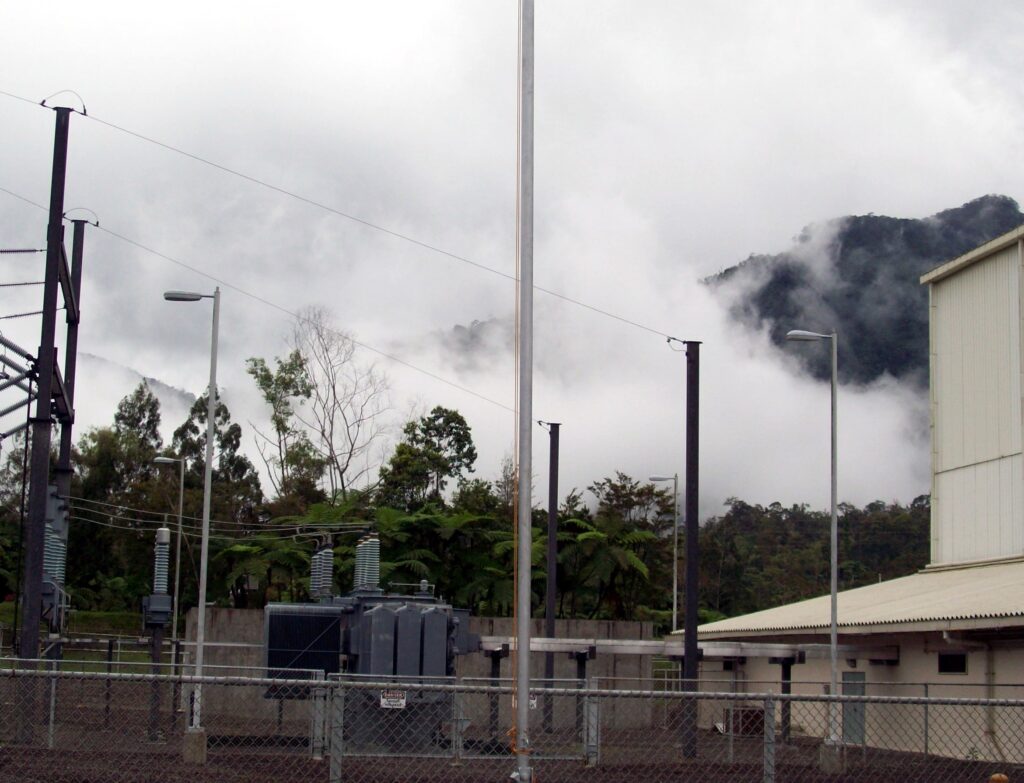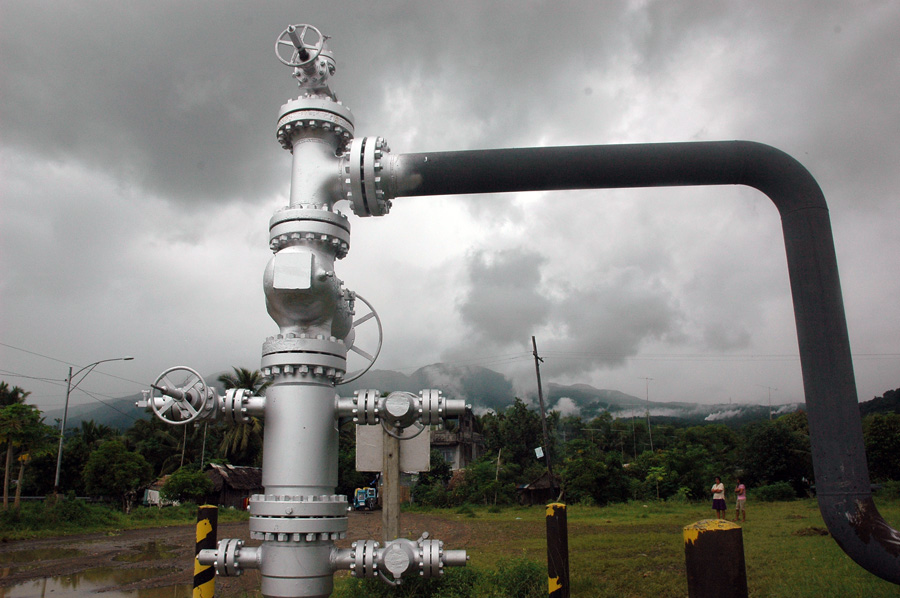Text and Photos by Henrylito D. Tacio
By 2030, global energy consumption is projected to be 55% higher than it is today due to population growth, continued urbanization, and economic expansion. The largest share of this growth will almost certainly occur in the developing world, with most of the additional energy currently projected to come from fossil fuels.
But renewable energy technologies are now ready for use on a large scale and have the potential to meet world energy demand many times over, according to Janet Sawin in a commissioned report for Worldwatch Institute.
“Renewable energy offers tremendous potential and, combined with improvements in energy efficiency, could fuel the economy of the future,” explained Sawin, director of the energy and climate change program at the Washington-D.C.-based institute. “Renewable energy can generate electricity, can heat and cool space, can do mechanical work such as water pumping, and can produce fuels – in other words, everything that conventional energy does.”
Among the renewable energy sources available in the Philippines today, geothermal shows to be the cheapest and most economically attractive energy source. This is owing to its location along the Ring of Fire zone of Pacific volcanoes.
After the United States, the Philippines is the second-largest producer of geothermal electricity. In 2010, the US produced about 3,093 megawatts (MW) from its geothermal power plants, while that of the Philippines was 1,904 MW, the International Geothermal Association reported.
Electric power is measured in units called watt. A watt is equal to one joule (the quantity of energy that can be generated from a fuel such as oil or gas) per second. The total generating capacity of a power plant is measured in kilowatt (KW) for 1,000 watts and megawatt (MW) for one million watts. One MW can meet the power needs of about 800 homes.
There are three types of geothermal power plants: dry steam, flash, and binary. Dry steam facilities use steam vented from the ground to drive turbines that generate electricity. Binary power plants use cooler steam to heat a volatile fluid, which vaporizes and spins a turbine. Flash steam pumps hot water into areas of relatively low pressure, where it becomes steam.
The Philippines has seven major geothermal sites. Only the Mount Makiling-Banahaw (Makban) in Laguna uses two types: flash and binary. The remaining six sites are all flash plants: Bacon-Manito (Bacman) in Sorsgon, Tiwi and Manito-Lowland in Albay, Maibarara in Batangas, Palinpinon, and Nasulo in Negros Occidental, Tongonan and Mount Cabalian in Leyte, and Mount Apo in North Cotabato.

Geothermal power 
Geothermal plant
Currently, these geothermal fields supply about 12% of the country’s energy needs, “with a long-term plan to nearly double capacity by 2040,” according to the website of Think Geoenergy.
The Department of Energy has set targets for geothermal power generation capacity additions: 183 MW in the short-term (2016-2020), 900 MW in the medium-term (2021-2025), and 288 MW in the long term (2026-2030).
“Geothermal energy, potentially the largest – and presently most misunderstood – source of energy,” wrote former American vice president Al Gore in his book, Our Choice: A Plan to Solve the Climate Crisis (2009).
Geothermal energy is considered a renewable energy source since its supply is considered inexhaustible. The word “geothermal” comes from the Greek roots geo, meaning “earth,” and thermos, meaning “heat.”
The inner core of the earth consists of a molten mass that acts as the source of geothermal energy. In some areas of the Philippines and throughout the world, the intense heat within the earth occurs near the earth’s surface and heats underground water, forming hot water or steam.
If these reservoirs are close enough to the surface, wells can be drilled to tap the steam and hot water. The steam and hot water is used to produce electricity with generators. (Geysers occur where these reservoirs of steam and hot water naturally break through the surface.)
History records showed that the world’s oldest geothermal district heating system is located in Chaudes-Aigues, France, which has been operating since the 14th century. But the earliest industrial exploitation began in 1827 with the use of geyser steam to extract boric acid from volcanic mud in Larderello, Italy.
A Wikipedia report said a deep geothermal well was used to heat greenhouses in Boise, Idaho in the United States in 1926, and geysers were used to heat greenhouses in Iceland at about the same time. Since 1943, Steam and hot water from geysers were used to heat homes in Iceland.
The 20th century saw the rise of electricity, and geothermal power was immediately seen as a possible generating source. Prince Piero Ginori Conti tested the first geothermal power generator on July 4, 1904, at the same Larderello dry steam field where geothermal acid extraction began. It was a small generator that lit four light bulbs. Later, in 1911, the world’s first geothermal power plant was built there. It was the world’s only industrial producer of geothermal electricity until 1958 when New Zealand built a plant of its own.
The first commercial geothermal heat pump was designed by J.D. Krocker to heat the Commonwealth Building in Portland, Oregon, in 1946. Two years later, Professor Carl Nielsen of Ohio State University built the first residential heat pump two years later. The technology became popular in Sweden as a result of the 1973 oil crisis and has been growing slowly in worldwide acceptance since then.
In 1967, Dr. Arturo P. Alcaraz and his team lit a light bulb using steam-powered electricity coming from a volcano near the town of Tiwi in Albay. This was the first geothermal power generated in the Philippines.
Through the hard work of Dr. Alcaraz – who touted to be the Father of Geothermal in the country – the first geothermal power generating plant with a three-megawatt capacity was opened in Leyte in 1977. By 1980, the geothermal plants in Tiwi and Mt. Makiling-Mt. Banahaw were each capable of producing 220 megawatts, and in the first half of 1982, when another 110 megawatts were added at Tiwi, the Philippines attained the second-highest geothermal generating capacity in the world.
(In 1982, Dr. Alcaraz was bestowed the prestigious Ramon Magsaysay Award for Government Service “for scientific perspicacity and selfless perseverance in development of Philippine geothermal energy.”)
Aside from the United States and the Philippines, geothermal electricity is also generated in Iceland, Italy, Germany, Turkey, France, the Netherlands, Lithuania, New Zealand, Mexico, El Salvador, Nicaragua, Costa Rica, Russia, Indonesia, China, and Japan. At least 70 countries use some geothermal energy for heating.
Geothermal power is environment-friendly. It requires no fuel and is therefore immune to fluctuations in fuel cost. In fact, the production of electricity by geothermal plants is cheaper than the electricity produced in plants by using natural gas and coal.
“Geothermal power plants produce electricity consistently, running 24 hours a day, 7 days a week,” explains Erin Tulley in a feature she wrote for the US Department of Energy. “The power output of a geothermal power plant is highly predictable and stable, thus facilitating energy planning with remarkable accuracy.”
Electricity coming from geothermal provides one of the lowest carbon footprints of energy sources. “Drilling level is low compared to shale gas extraction and takes place only at the creation of the heat reservoir,” United Kingdom’s Greenmatch stated. “On average, industrial projects involve drilling of only 2-3 wells whereas shale gas extraction requires extensive drilling.”
Geothermal has minimal land use requirements; existing geothermal plants use 1-10 hectares per MW versus 5-12 hectares per MW for nuclear operations and 25 hectares per MW for coal power plants.
On the negative side, geothermal power still creates some environmental problems. Studies have shown that geothermal fluids drawn from the deep earth may carry a mixture of gases with them, notably carbon dioxide and hydrogen sulfide.
When released into the environment, these pollutants contribute to climate change, acid rain, and noxious smells in the vicinity of the plant. According to some studies, existing geothermal electric plants emit an average of 90-120 kilograms of carbon dioxide per MW hour of electricity. But this is just a small fraction of the emission intensity of conventional fossil fuel plants. In some parts of the world, some geothermal power plants are equipped with emissions-controlling systems that reduce the exhaust of acids and volatiles.
In addition to dissolved gases, hot water from geothermal sources may contain trace amounts of dangerous elements such as mercury, arsenic, and antimony, which, if disposed of into rivers, can render their water unsafe to drink. Geothermal plants can theoretically inject these substances, along with the gases, back into the earth, in the form of carbon sequestration.

